Nancy Harrie
“Jazz is for fun,” said Nancy Harrie. “You earn your bread and butter in the commercial field.” Harrie’s brilliance at the keyboard was matched by a pragmatism and musical open-mindedness, which meant she was always sought after for recordings, live radio broadcasts and television shows. For her, the Astor studio became “like a second home,” she recalled to Nostalgia radio host Jim Sutton. “I was a professional – and I hope I behaved like one.”
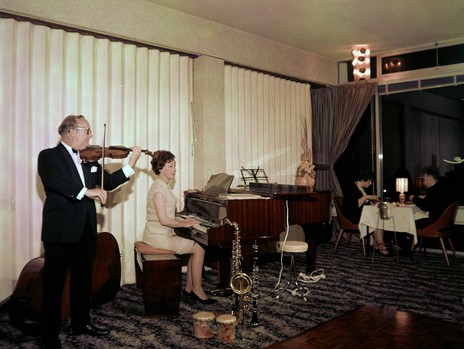
Paul Lestre and Nancy Harrie at the Four Canoes Restaurant, Auckland, 1967. This was in the White Heron Lodge, St Stephens Avenue, Parnell.
Photo credit:
Auckland Libraries Heritage Collections 1269-19670720-05
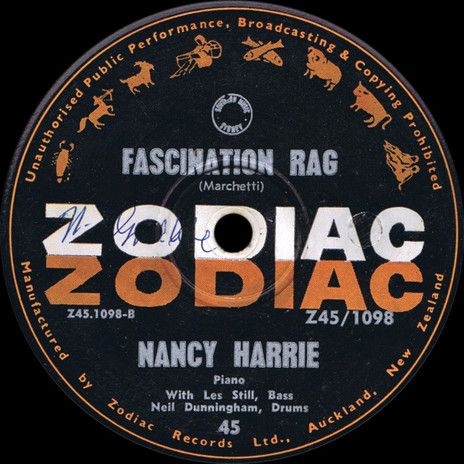
Nancy Harrie - Fascination Rag (Zodiac)
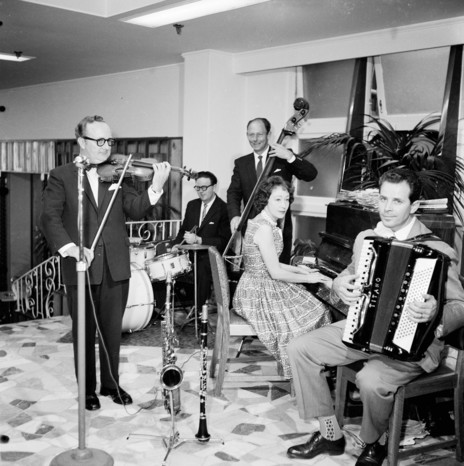
The Paul Lestre Group, Auckland, 7 October 1961: Paul Lestre (violin), Neil Dunningham (drums), Tarz Martin (bass), Nancy Harrie (piano), Silvio De Pra (accordion)
Photo credit:
Auckland Libraries, Rykenberg Collection 1269-L609-6
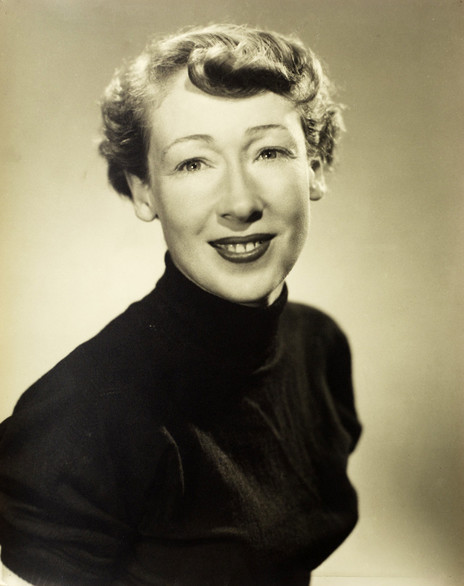
Nancy Harrie, 1955.
Photo credit:
Clifton Firth, Auckland Libraries Heritage Collections 34-204
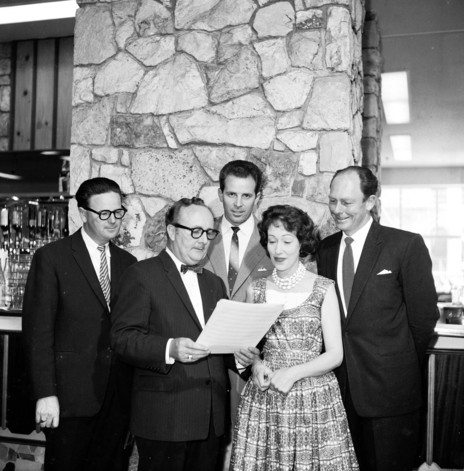
The Paul Lestre Group, Auckland, 1961: Neil Dunningham (drums), Paul Lestre (violin), Silvio De Pra (accordion), Nancy Harrie (piano), Tarz Martin (bass).
Photo credit:
Auckland Libraries Heritage Collections 1269-L0609-02
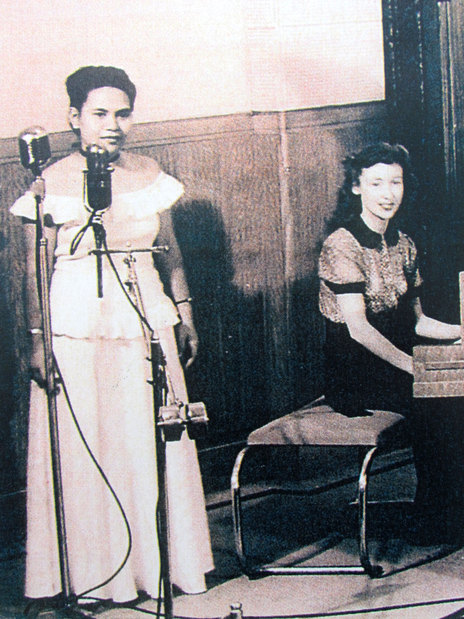
Mavis Rivers with Nancy Harrie, 1ZB Radio Theatre, Auckland, late 1940s.
Photo credit:
Grant Gillanders Collection
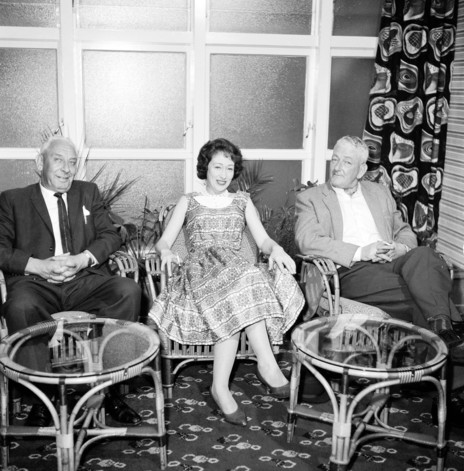
Nancy Harrie between sets, Auckland, 1961. On the right is multi-instrumentalist and band leader Ossie Cheesman.
Photo credit:
Auckland Libraries Heritage Collections 1269-L0608-03
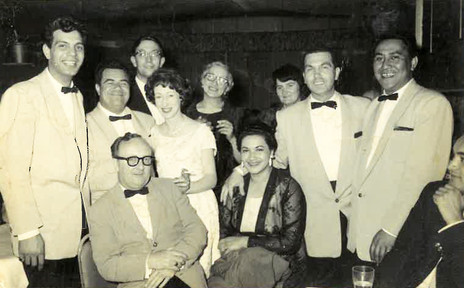
From left, standing: Nuki Walker, George Tumahai, Lester Still, Nancy Harrie. Millie Bradfield is centre, front, with her husband Johnny standing behind her. At front left is the Hi Diddle Griddle bandleader Paul Lestre
Photo credit:
Michelle Sadgrove collection
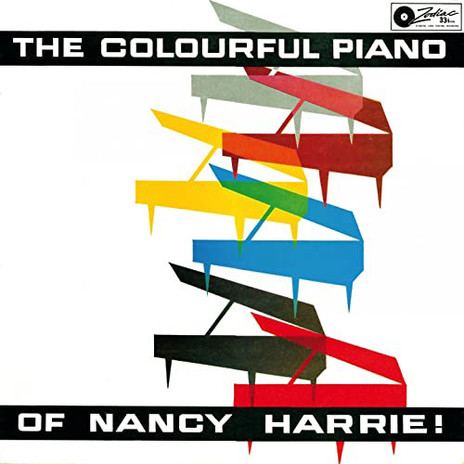
The Colourful Piano of Nancy Harrie (Zodiac LP, 1965). The NZ Herald wrote that her ease at the piano made it “appear so simple that anyone could do it.”
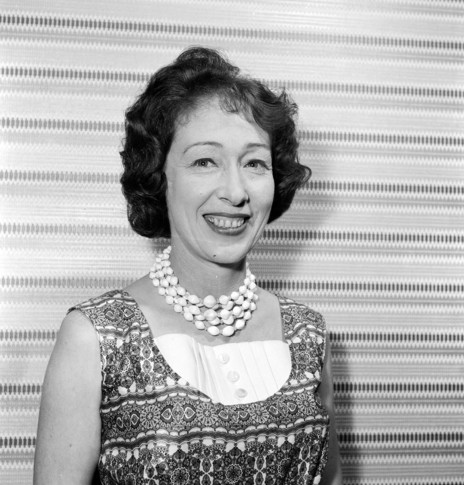
Nancy Harrie, Auckland, 1961
Photo credit:
Auckland Libraries Heritage Collections 1269-L0608-02
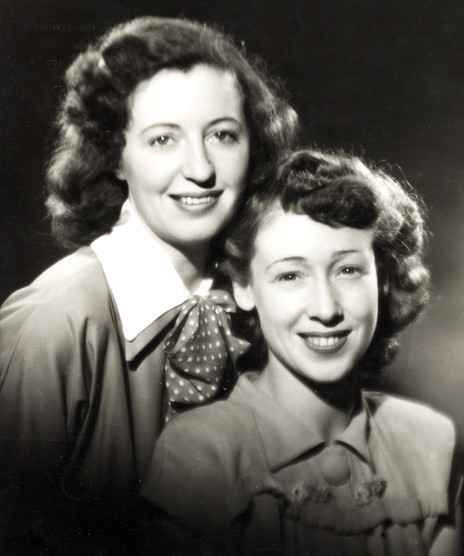
Nancy Harrie, right, with vocalist Marion Waite, June 1950.
Photo credit:
NZBS
Wally Ransom’s Rhumba Band rehearse without vocalist Esme Stephens, Astor Studios, Auckland, 1949. From left: Lee Humphreys, Charlie Welch, Jim Warren, Wally Ransom, Phil Maguire, Nancy Harrie, George Campbell.
Photo credit:
Jim Warren collection
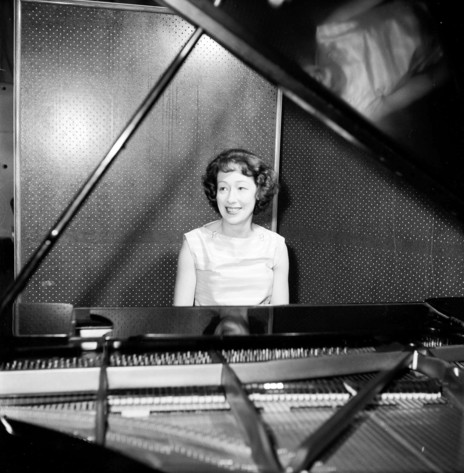
Nancy Harrie at the 1ZB Radio Theatre, Auckland, 1961
Photo credit:
Auckland Libraries Heritage Collections 1269-L0622-05
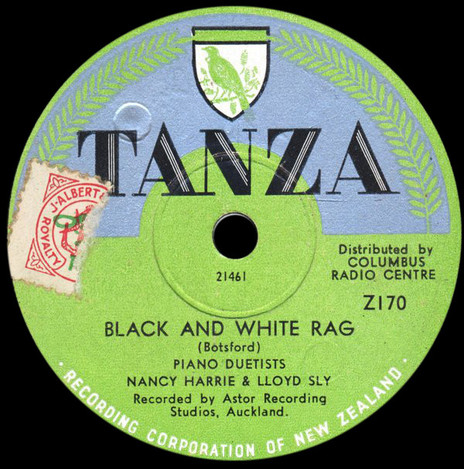
Nancy Harrie - Black and White Rag (Tanza)
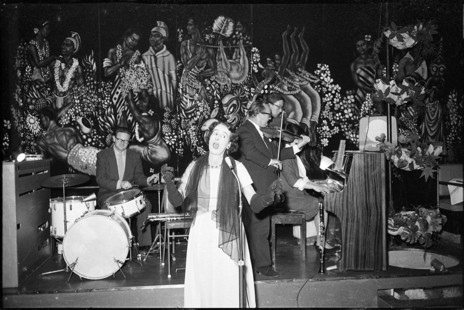
An unidentified singer performing at the Hi Diddle Griddle, 3 August 1960. The band is Neil Dunningham on drums, Paul Lestre on violin, Les Still on bass, and Nancy Harrie on piano.
Photo credit:
Auckland Libraries, Rykenberg Collection, 1269-B734-27
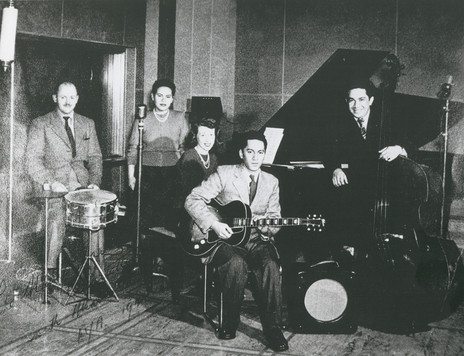
Wally Ransom, Mavis Rivers, Nancy Harrie, Mark Kahi and George Campbell during a session for 1YA, Auckland, early 1950s
Photo credit:
Chris Bourke collection
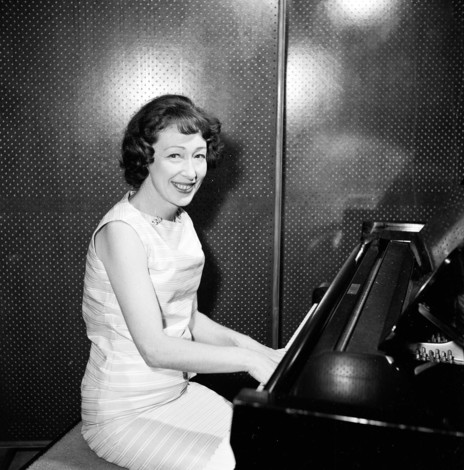
Nancy Harrie recording, Auckland, 1961.
Photo credit:
Auckland Libraries Heritage Collections 1269-L0622-08
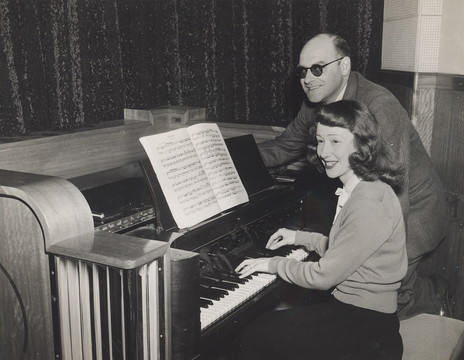
Nancy Harrie at the Novachord, and pianist John Thomson, Keyboard Capers, 1ZB Radio Theatre, Auckland, 1952.
Photo credit:
RNZ Sound Archive
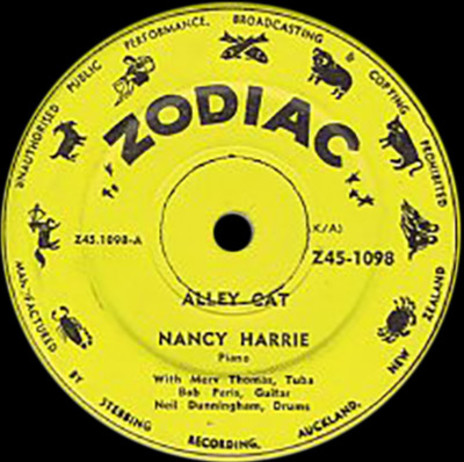
Nancy Harrie - Alley Cat (Zodiac)
Geddes Dentures jingle, sung by Pat McMinn, Nancy Harrie on piano
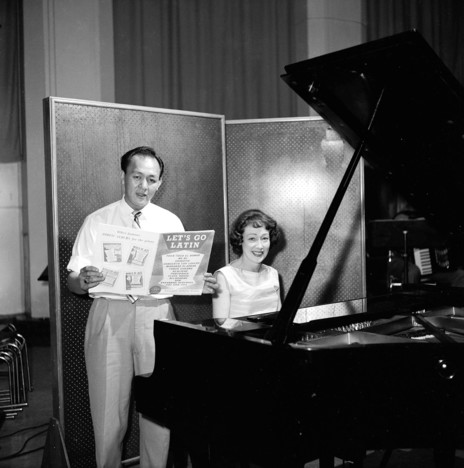
Nancy Harrie accompanies an unidentified singer, 1ZB Radio Theatre, Auckland, November 1961.
Photo credit:
Auckland Libraries Heritage Collections 1269-L0622-04
Watch: Nancy Harrie with the Art Rosoman Band, Auckland 1947 - Archives NZ
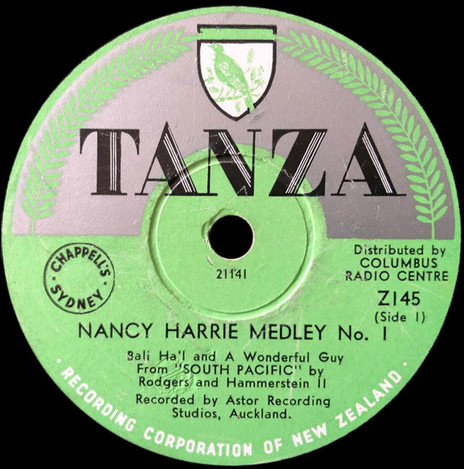
Nancy Harrie with a medley of songs from the musical South Pacific, 1952.
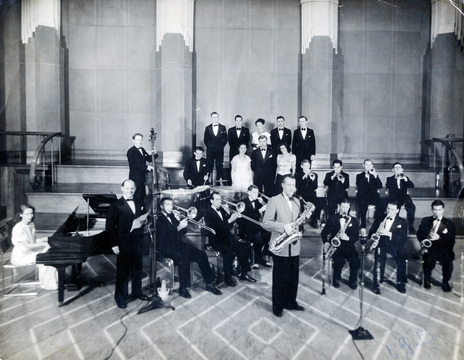
Art Rosoman was an expatriate Canadian saxophonist who played with and led New Zealand bands for 10 years from 1939. He is pictured here in June, 1947, with his band in the radio studio at the top of Shortland Street, Auckland. Esme Stephens is on the right hand side of the vocal trio; beside her is Lee Humphreys of the Knaves. His wife Nancy Harrie is at the piano. Wally Ransom is the MC; he later ran Southern Music in Auckland. In the trumpet section are, from right, Julian Lee, Stan Hills and Lou Campbell.
Photo credit:
Chris Bourke collection
Discography

The Juvenolians appear alongside veterans such as comedian Barry Linehan, the Stardusters, and Nancy Harrie at the 1/4 Deck: a Milford Beach nightspot with a lavish menu.

